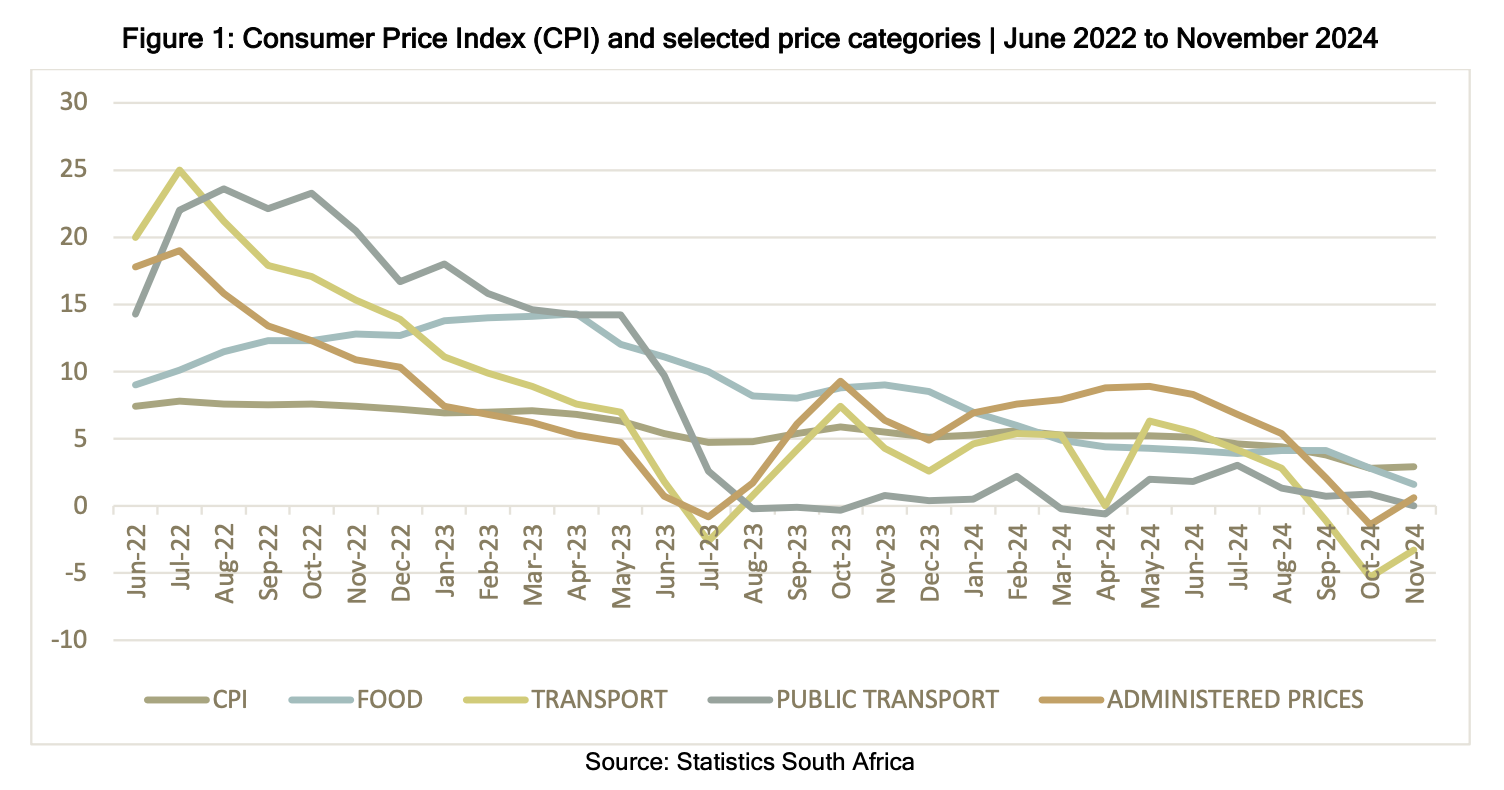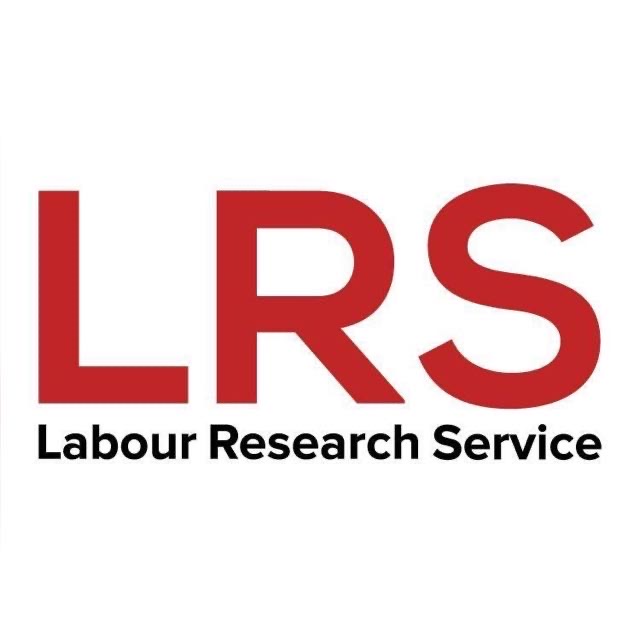Negotiating wages is essential for ensuring workers receive fair compensation that reflects value and circumstances. To build a strong wage demand, ask the right questions and do thorough research. Whether new to wage bargaining or experienced, consider these questions as you prepare for the next round of wage talks.
A wage demand is more persuasive if it can be shown the demand is reasonable in some way.
An Introduction to Wage Bargaining - LRS Negotiator's Guide
What wage levels am I dealing with, and for which occupations?
Know the different wage levels within your workplace and the specific occupations to which they apply. Identify the lowest and highest wage and where most workers sit on the wage ladder. This information will inform your settlement strategy.
Is my focus on percentages or Rands-and-cents?
Choose percentage increases or fixed monetary increases. Consider how a percentage increase translates into actual money for workers. A combination of strategies can be effective, allowing workers to choose between a percentage or a fixed monetary increase, whichever is more beneficial. When considering a percentage increase, ask: How does that percentage translate into Rands-and-cents, and what does that Rands-and-cents amount mean to workers? How would inflation affect the increase?
Do we want an across-the-board increase or a staggered increase?
Determine whether to pursue an across-the-board increase (same percentage or monetary increase for everyone), staggered increase (higher percentage for lower earners), or a mix of these strategies.
How quickly are prices rising, and what does it mean for wage bargaining?
Inflation is the rate at which the prices of goods and services increase over time. The Consumer Price Index measures price changes in a basket of goods and services bought by the average household, while the Producer Price Index measures the average change in the price of a basket of representative goods and services sold by manufacturers and producers in the wholesale market. Look at the trend in inflation over the last 12 months or more to see if it has been rising, falling, or up and down.

A real wage is the actual buying power of a worker’s earnings, taking into account the effects of inflation. A real wage increase is the portion of a wage increase above inflation. It represents how much better off a worker is after a wage increase. To calculate the real wage increase, you need two key pieces of information: the percentage wage increase and the latest inflation rate.
Your formula: Real Wage Increase (%) = Wage Increase (%) - Inflation Rate (%).
The LRS Wage Calculator simplifies this calculation and helps you to understand real wage increases. You can quickly calculate how a percentage increase translates into a Rand amount and the effect of inflation on the wage increase. Simply enter the current wage and the increase as a percentage or a Rands amount. The calculator will then show your new wage after the increase. It will also show you the latest inflation rate and the real increase after inflation, both as a percentage and a rand amount.
How is the industry performing?
Know how the industry or sector has performed over the last year or more to determine a reasonable wage demand. One way to build an argument is by benchmarking the company’s wages against others in the same sector. If wages for similar jobs at other companies in the same sector are higher than wages in your company, then that is a basis for your demand. The LRS Actual Wage Rates Database (AWARD) tracks minimum wages in South Africa, providing unions with empirical evidence to inform collective bargaining. View the LRS Industry and bargaining councils wage settlements | Q2 2024
How is the company performing?
The company’s financial health and performance will influence what you can realistically demand. You can access the financial information for over 80 JSE-listed companies, including executive pay, on the LRS South African Multinational Database. The MNC Trends Reports on this website offer sector-specific information and the wage gap between workers and executives.
What other factors are currently at play in the company or industry that might influence negotiations?
Look beyond the basic considerations and consider the range of influencing factors, such as social and environmental issues, union and worker-related factors, political climate and economic stability.
Key reference resource: An Introduction to Wage Bargaining
RELATED ARTICLES
11 steps you should take to prepare for wage bargaining
The information required to prepare for wage bargaining and where to find it
Wage bargaining: Insights from NUMSA’s approach
The Negotiator’s Guide – A guide to negotiating in a changing workplace







